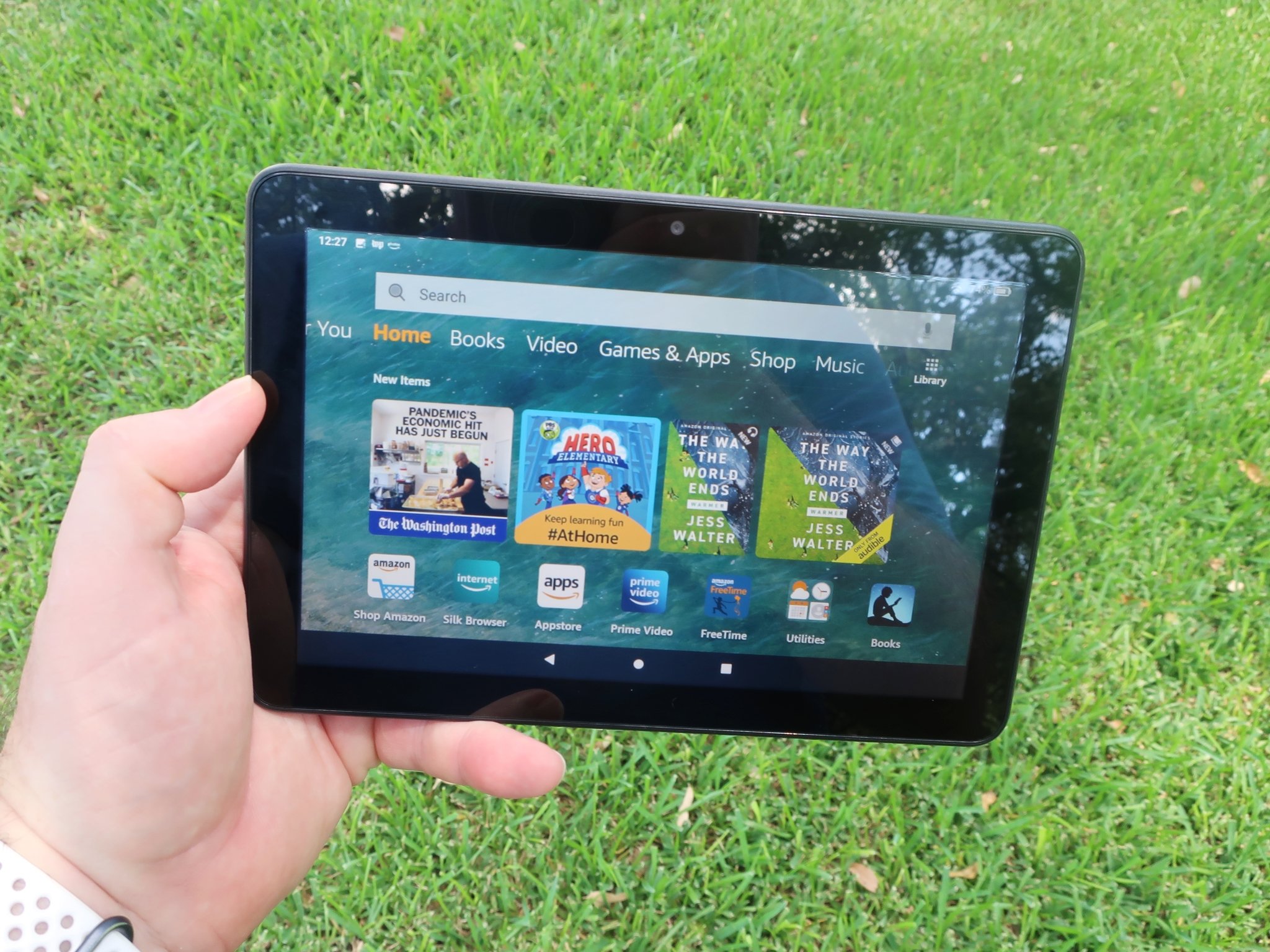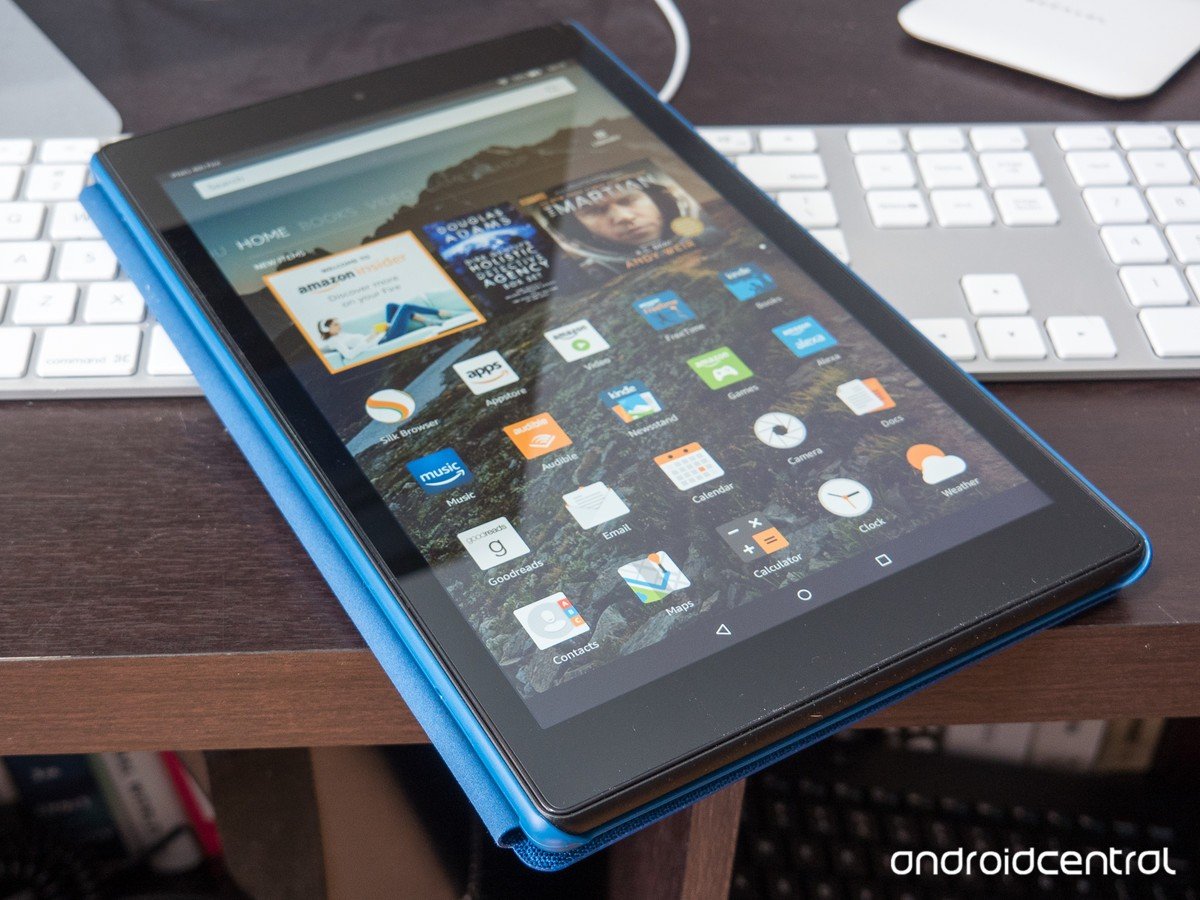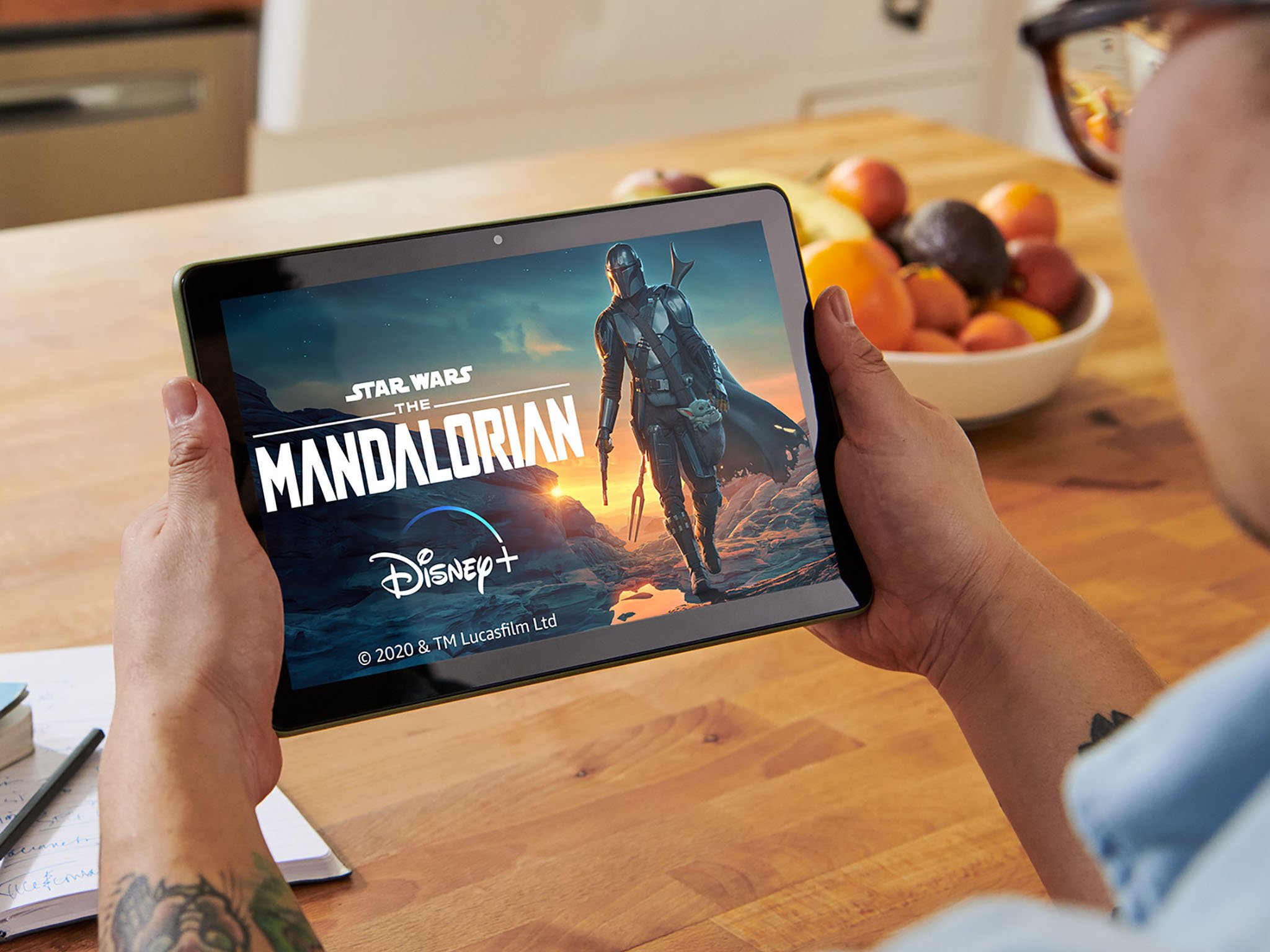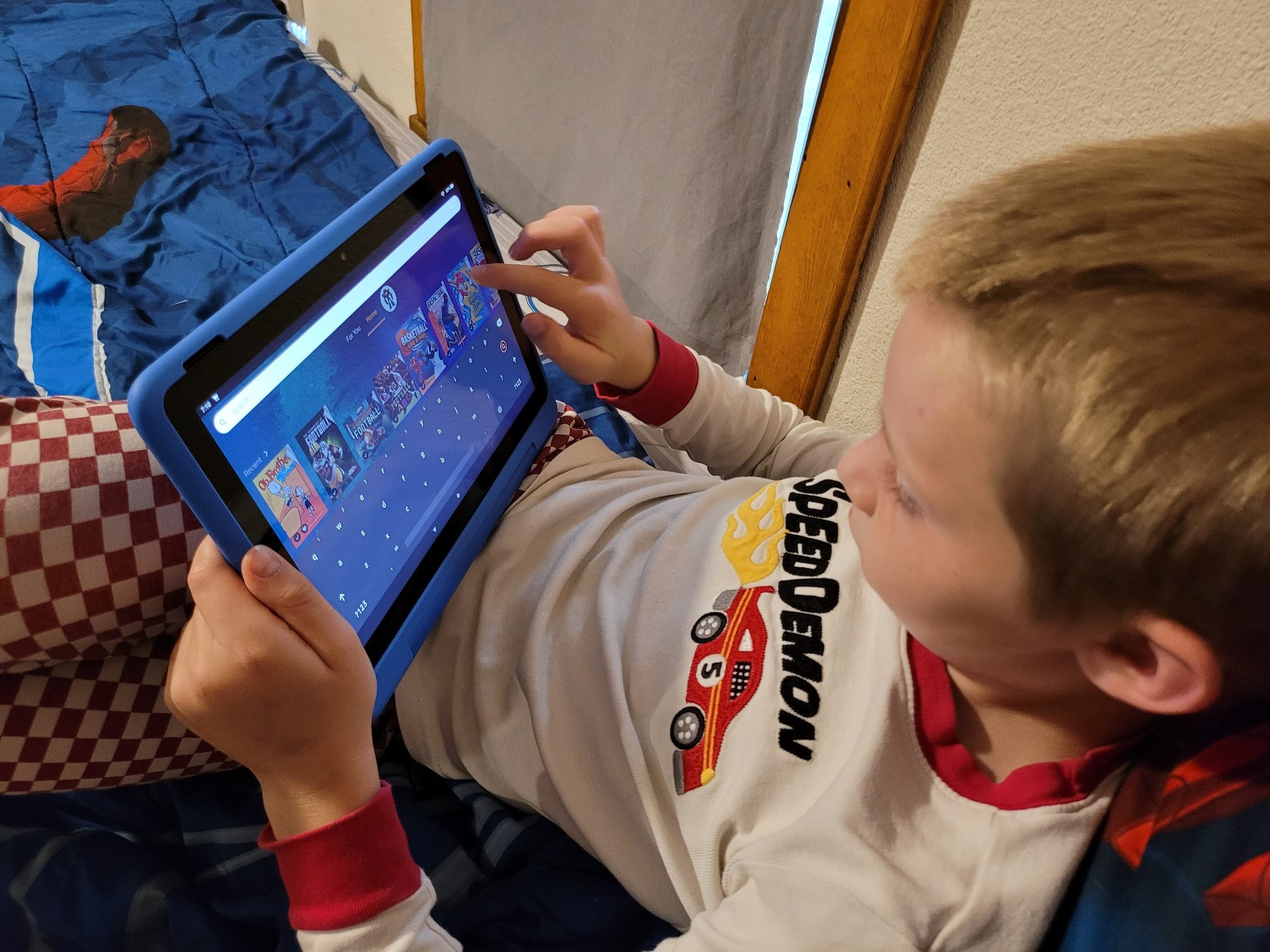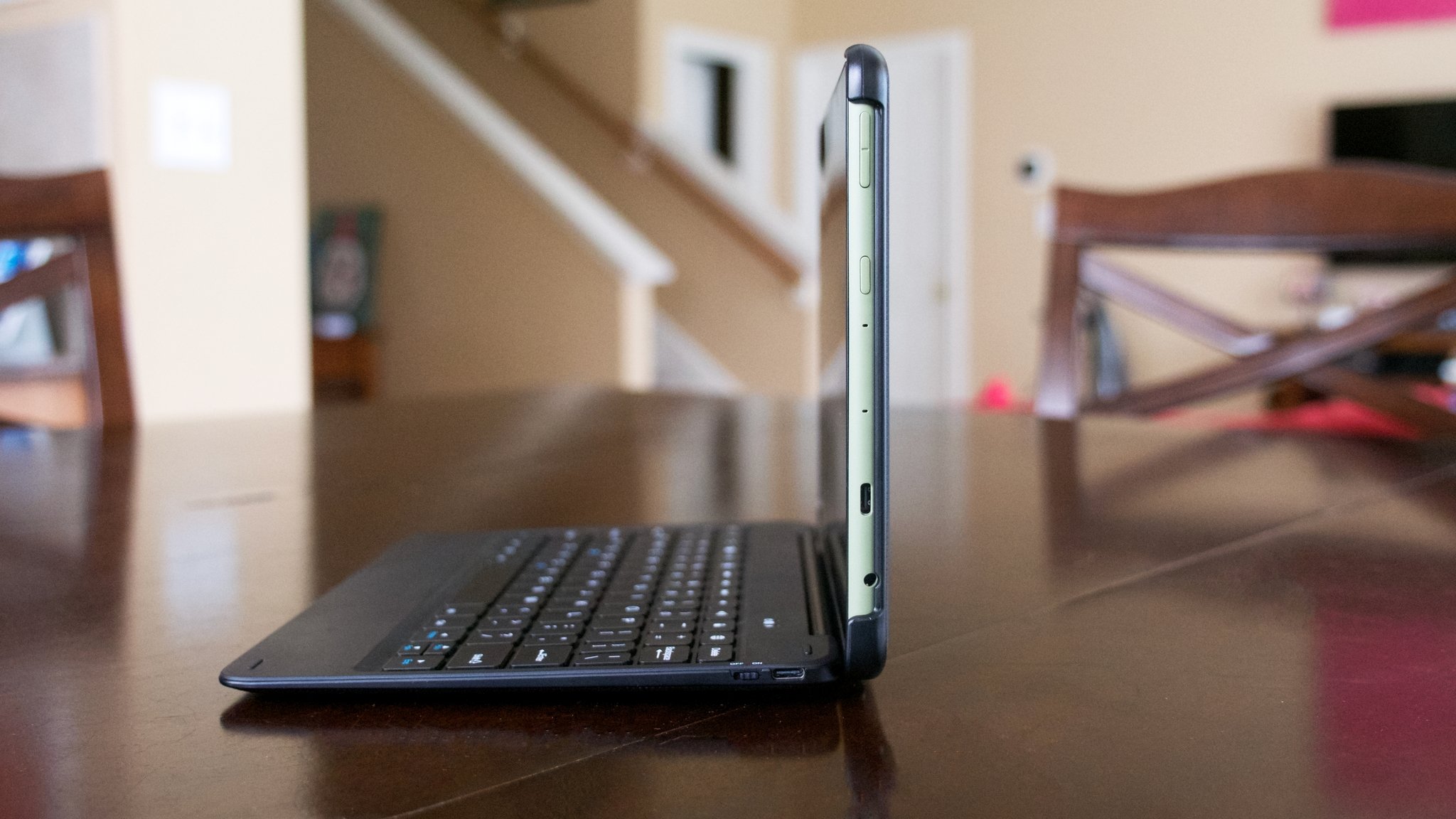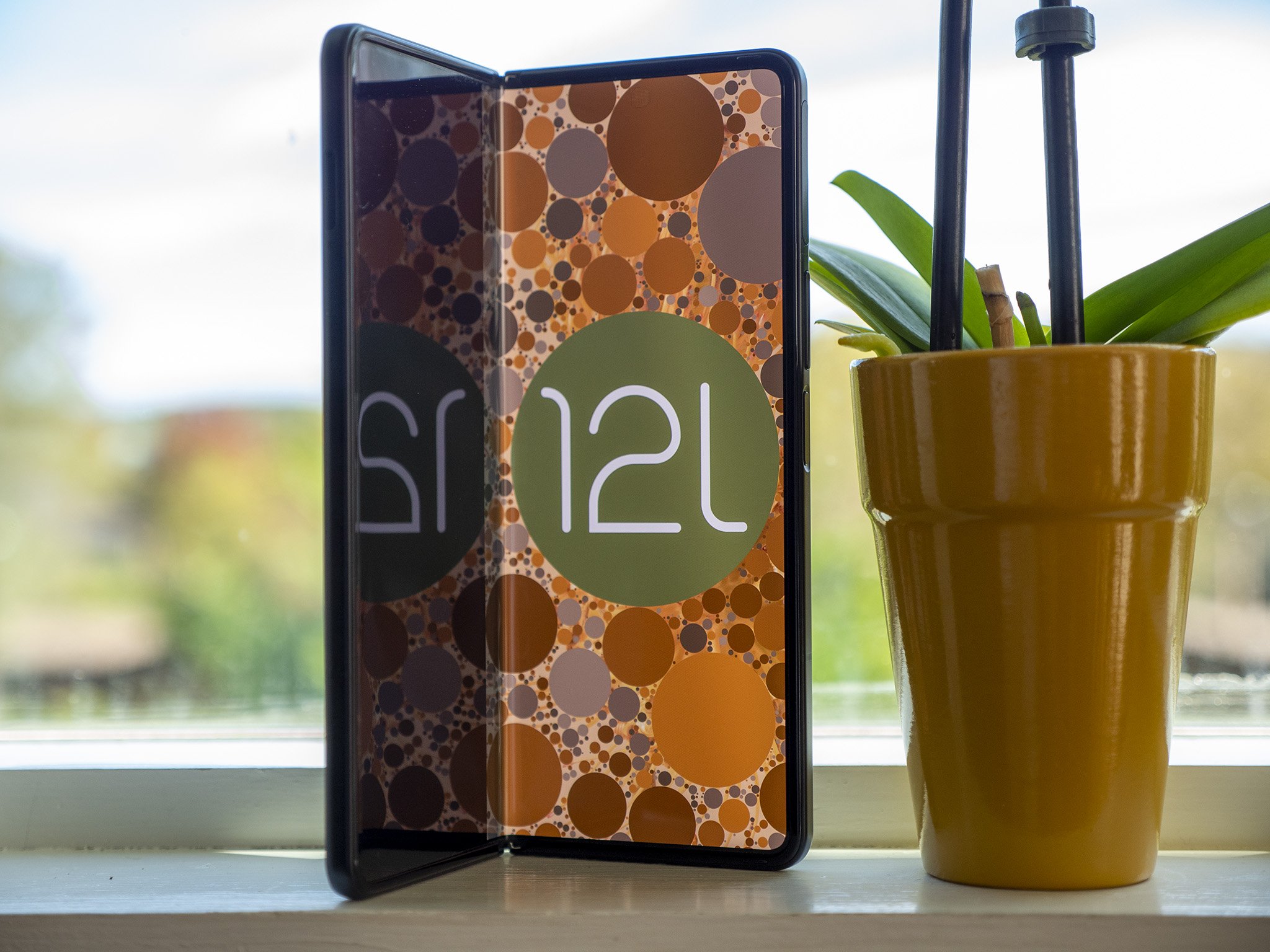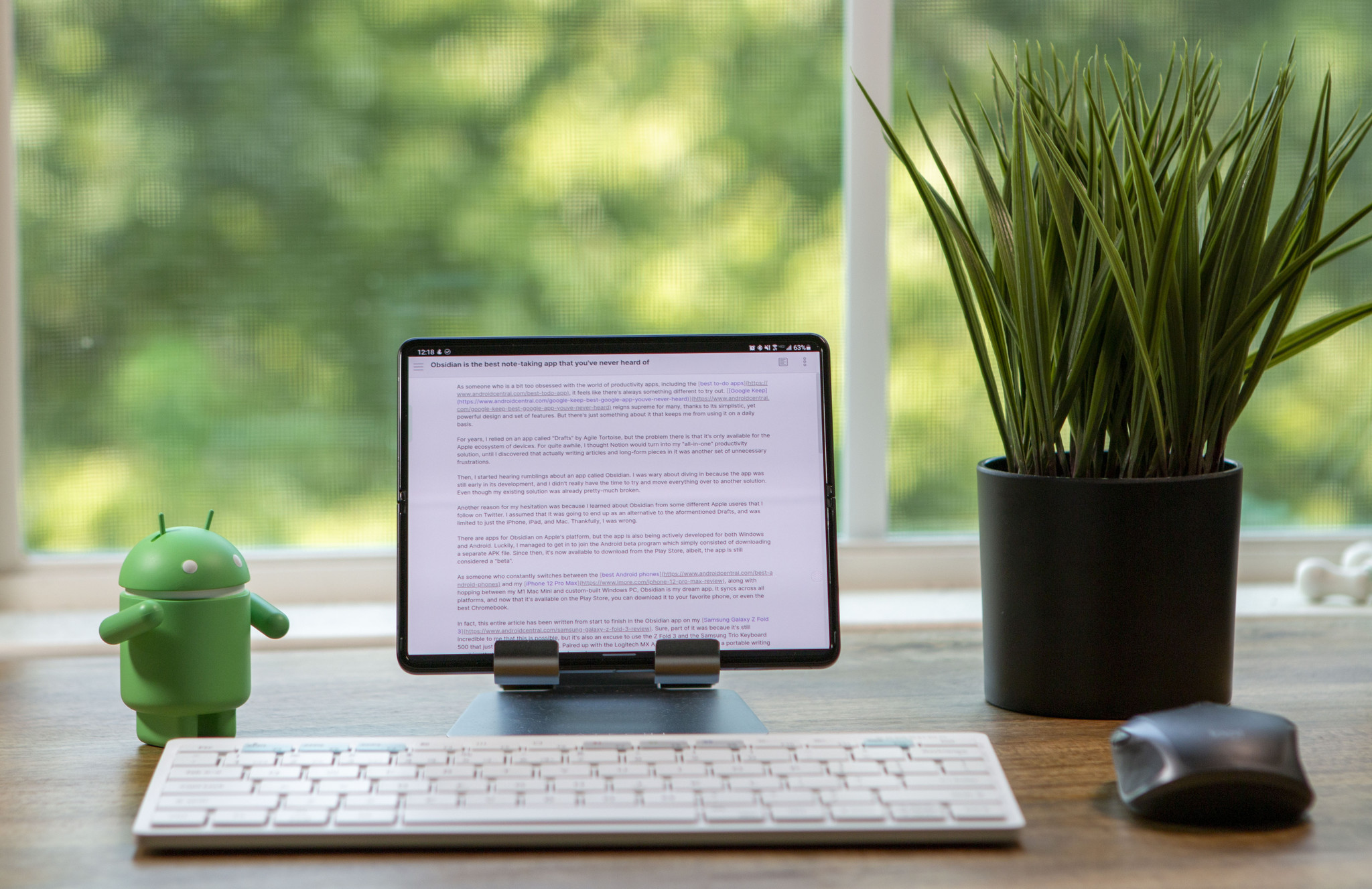Amazon kept the Android tablet fires burning, and now it's Google's turn to rekindle the flames.
It should come as no surprise that we here at Android Central are just a big bunch of tech enthusiasts who love to spend our time on this site talking all about the best Android phones, smartwatches, and Chromebooks. However, as diehard fans of the Android ecosystem, there is one important product category that we tend to walk on thin ice around: Android tablets.
Now, this isn't because there aren't plenty of excellent Android tablets available. For example, with its Galaxy Tab S series, Samsung makes some of the best-looking and best-performing tablets outside the iPad. Heck, even Lenovo has been known to give us some exciting and innovative devices as well, particularly with their Yoga series of tablets.
Yet, for various reasons, it seems clear that the only real challenge to the iPad's tablet dominance in the Android space thus far, at least in the U.S., has come from Amazon.
What, you say, Amazon makes Android tablets?
Yep, Amazon has made some of the best and most popular Android tablets for a decade in its Fire Tablet line, and these are arguably the only Android tablets that have ever really mattered to date. However, Google's forthcoming OS update, dubbed Android 12L, means that the Android tablet landscape may finally be ready for a dramatic change.
Kindling a Fire
Amazon announced the first (Kindle) Fire Tablet back in 2011, at a time when the world of Android tablets was dominated by devices like the Motorola Xoom and Google's own Nexus 7. The software running on all Fire tablets since then — called, of course, Fire OS — was one of the first major (tablet) forks of the Android operating system, and arguably, the most important Android fork this side of China.
Be honest, did you realize that Fire Tablets ran a version of Android?
I jokingly hinted above that most consumers probably don't realize that Amazon's tablets are powered by Android. That got me wondering if, or how, that perception or misperception may have affected the adoption and sales of Fire tablets over the years.
"I don't know if consumers realize the difference between Google's Android and Amazon's, and even if they do, I doubt they care," says research manager of IDC, Jitesh Ubrani.
Conversely, Avi Greengart, president and lead analyst at Techsponentialk, tells Android Central he thinks consumers "tend to assume that Fire Tablets run Android," but that this can also lead to a bit of a disconnect since Fire OS doesn't include Google apps or services out of the box (though there are ways to sideload them relatively easily).
Greengart says that Fire Tablet owners can get a bit "flummoxed when they discover that there are some apps that can't be found in the Amazon Store on the device. However, counter-intuitively, the fact that Fire Tablets run Amazon's Fire OS and Silk browser are key reasons for its success."
Indeed, despite the lack of the Play Store and Google Apps, Ubrani says, "Amazon's app store and services have become extremely robust over the years, leading to very few consumers missing out on key experiences."
Experts agree Amazon's Fire tablets have a lot of mind share in markets like the U.S.
According to Ubrani, part of the problem with the Android tablet ecosystem is that there hasn't been a consistent challenger to Apple either in terms of mind share or market share.
"Outside of Apple, very few brands have come to be known as a 'standard' or 'defacto' option, but I'd point to Samsung on a global basis, Amazon in the U.S., and Lenovo in other parts of the world," he says.
Greengart adds that Amazon isn't exactly forthcoming with Fire Tablet sales numbers. However, "consumer surveys show that the Fire is behind only Apple and Samsung in the U.S."
IDC's internal research seems to bear this out as well. Data shared with AC by Ubrani indicates that Amazon is right in the mix behind the two industry titans, along with Lenovo, Huawei, and "others."
So if Fire Tablets are missing out on Google apps and services, just what do consumers see in Amazon's "Android" tablets? According to Ubrani, "most consumers see Amazon as the value pick" in the tablet space.
Greengart agrees. He says, "consumers are attracted to the Fire Tablets in part because they are so inexpensive, and Amazon is willing to sell the devices at or near cost because it knows it will make money via its app store, services, and ecosystem engagement."
As with nearly all of Amazon's devices, the Fire Tablet lineup promises durability, user-friendly functionality, and, most importantly, crazy low prices. Amazon grabbed the low-end of the tablet market nearly a decade ago with this strategy, and it hasn't looked back since.
Amazon captured the family devices market
The other thing Amazon figured out early on was that parents want to hand their tablets over to kids to entertain them, educate them, or merely placate them. In fact, it created a parallel lineup of Kids Fire Tablets that were more durable, came in fun colors, and featured kid-friendly content and parental controls in the form of Amazon Kids+ (formerly Amazon FreeTime). For all intents and purposes, it's essentially cornered the family tablet market.
"Amazon's tablets ... are extremely family-friendly," Greengart says. "Amazon allows multiple users (Apple doesn't), Amazon provides extensive parental controls, and there are kids versions of the tablet that come with a bumper case, optimized user interface, no-questions-asked warranty, and age-appropriate content."
Admittedly Fire Tablets aren't considered very good for getting things done, though they are getting better at that, but that's not why most people buy them (or why they buy tablets in general). No, most people buy tablets to consume content on, whether binging Netflix or playing hours of Candy Crush and for these tasks, Fire Tablets are just perfect. After all, why spend more on this functionality if you don't have to?
Android 12L could be a sea change for tablets
But what if you do want to be productive on your tablet? That's been one of the biggest knocks against this segment of Android devices since day one, and it stems mainly from a lack of developer support on the part of Google, resulting in an ambivalence on the part of developers to create apps that can perform well on the platform at this size and form factor. Heck, even the best Chromebooks with detachable screens and tablet capabilities have gained ground in this regard in recent years. However, that all may be about to change soon with the recent announcement of Android 12L.
This new and long overdue variant of Android is being built with larger (hence the "L" in Android 12L) form factors like foldables and tablets in mind. It will allow the system to better scale apps and UI elements to better utilize the screen size.
It also promises improvements to the way Android devices handle notifications and multitasks on these larger displays. And while most people see AndroidL as a response to the rapidly improving foldable phone space and the popularity of devices like the Galaxy Z Fold 3, it could also make all the difference in the world to the experience of using Android tablets.
If other Android tablet manufacturers like Samsung and Lenovo can take advantage of the changes coming in Android 12L, Amazon shouldn't fear for its position at the low end. However, its recent foray into productivity devices like the Fire HD 10 Productivity Bundle with Microsoft 365 may require retooling to stay competitive with Android 12L optimized tablets, Chromebooks, iPads, and Windows devices.
"Amazon certainly has the potential to take the lead in the low-cost productivity space, but that space itself is quite small, as buyers who are serious about productivity tend to spend a bit more to get a better keyboard/mouse experience and typically a more robust OS as well," Ubrani says. "That said, if Amazon were to beef up its software/services and specifically target schools, they could potentially displace Chromebooks, but this requires heavy investment and a fair bit of time."
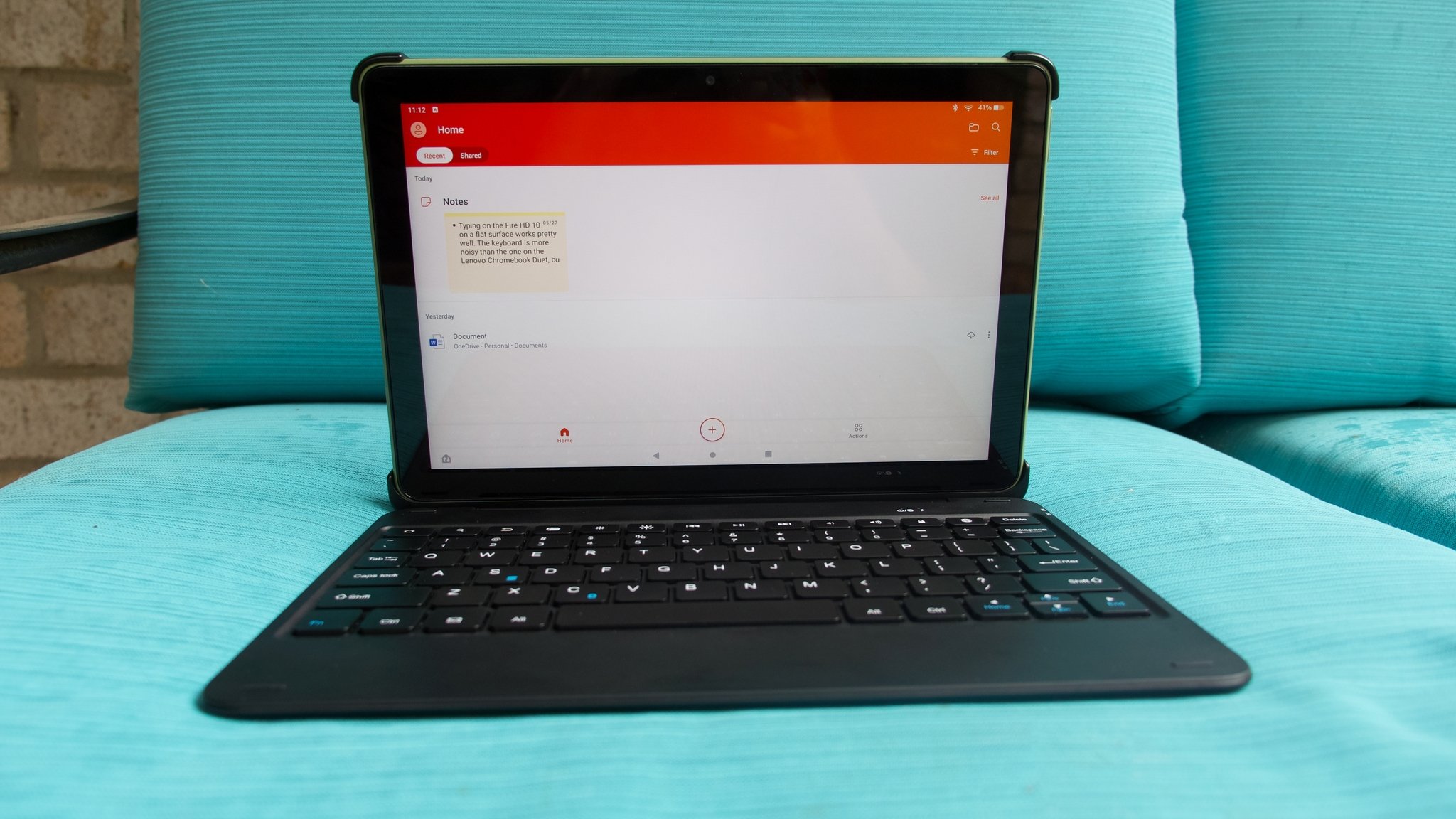 Amazon Fire HD 10 Productivity Bundle
Amazon Fire HD 10 Productivity Bundle
Greengart doesn't think there's much room for Amazon to play in the productivity space, at least not yet.
"I have been testing the Fire HD 10 Productivity Bundle, and while Microsoft's Office suite and Zoom will run, it does not provide a good experience compared to Chromebooks, iPads, or Windows devices," he says.
With Amazon Fire devices in firm control of the value tablet space and Android 12L on the horizon to rescue more premium tablets, 2022 might just be the start of an Android tablet renaissance. Here's hoping!
If you're considering getting a new Android tablet as a gift for yourself or a loved one this upcoming holiday season, just know that there are going to be a lot of great deals coming down the pike. We'll be tracking all of the best Black Friday Android tablet deals, so be sure to bookmark this page and check back regularly to save money on your holiday purchases.
Source: androidcentral
